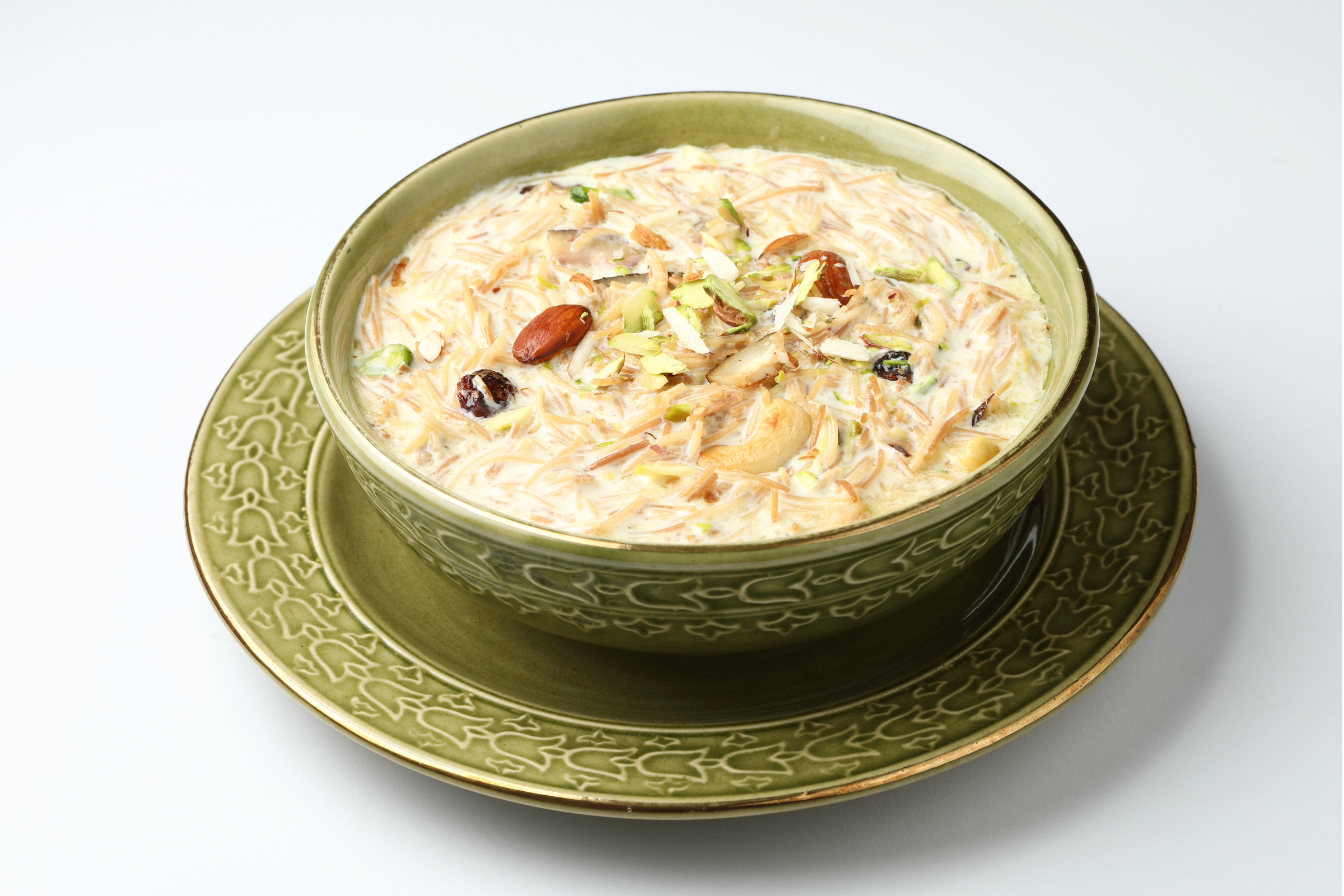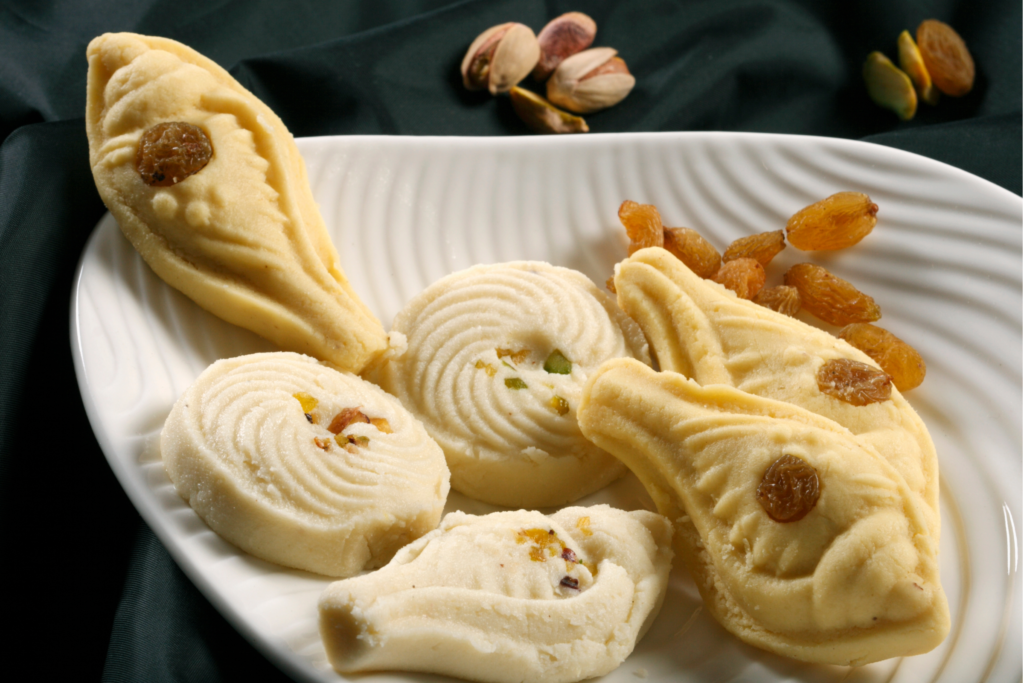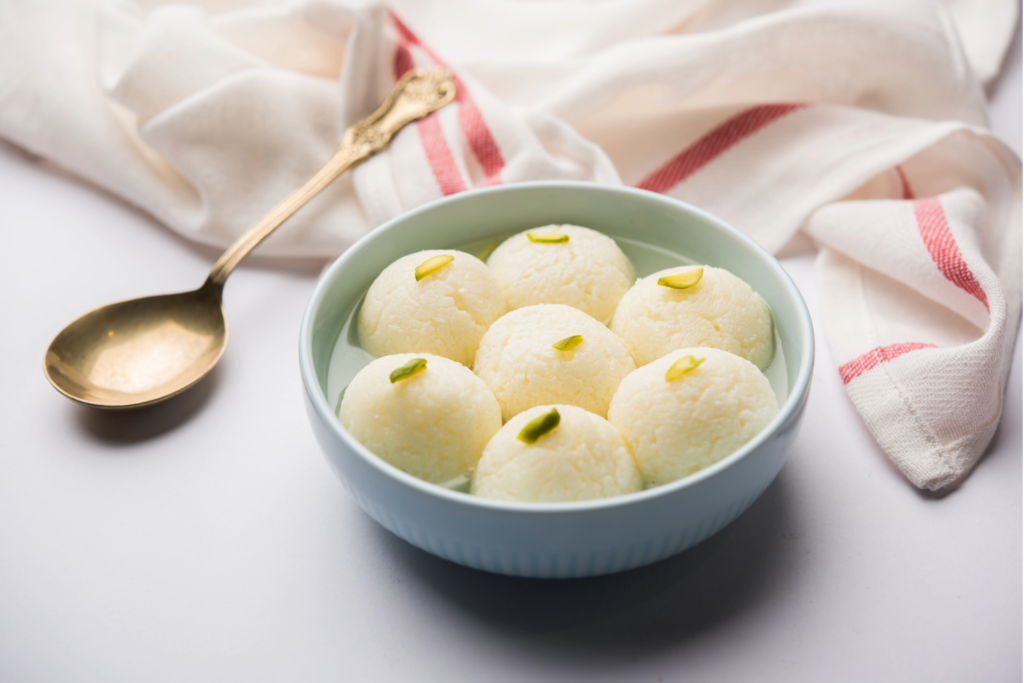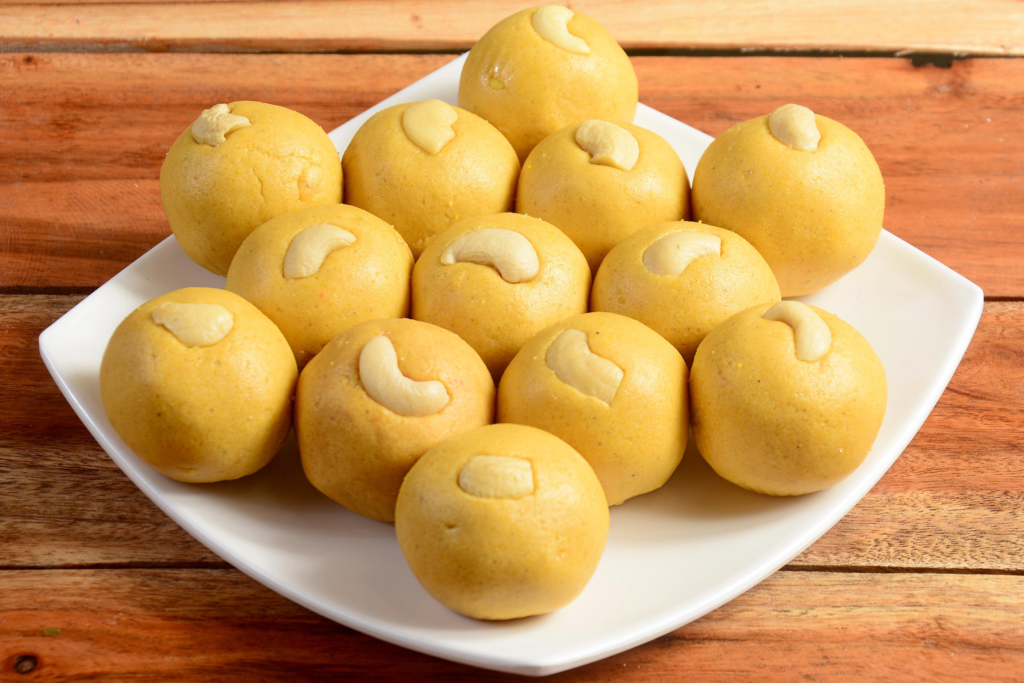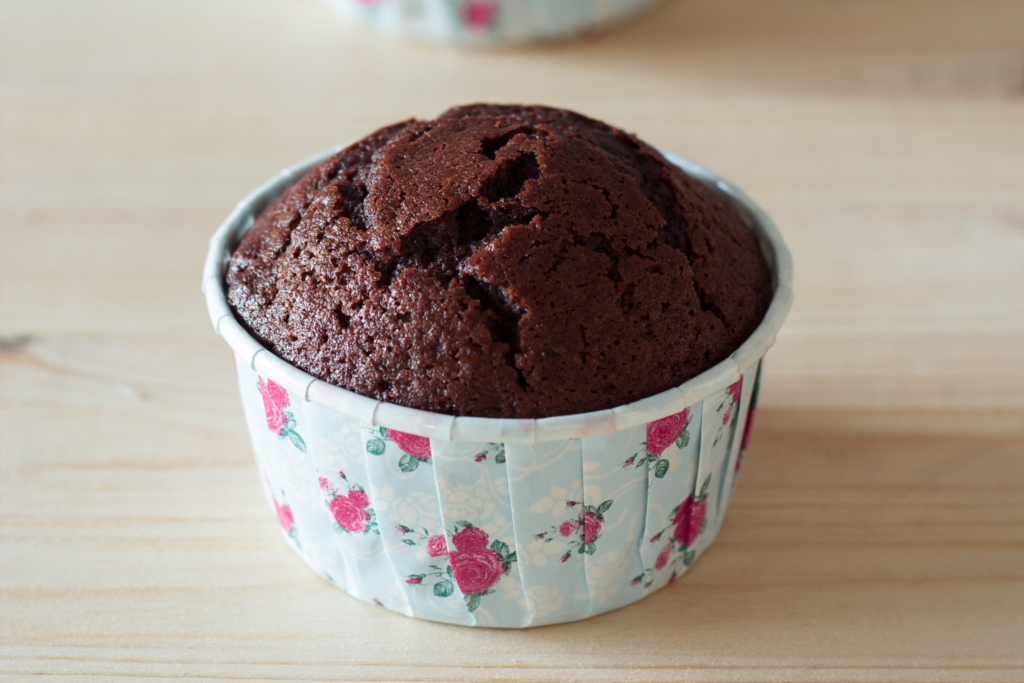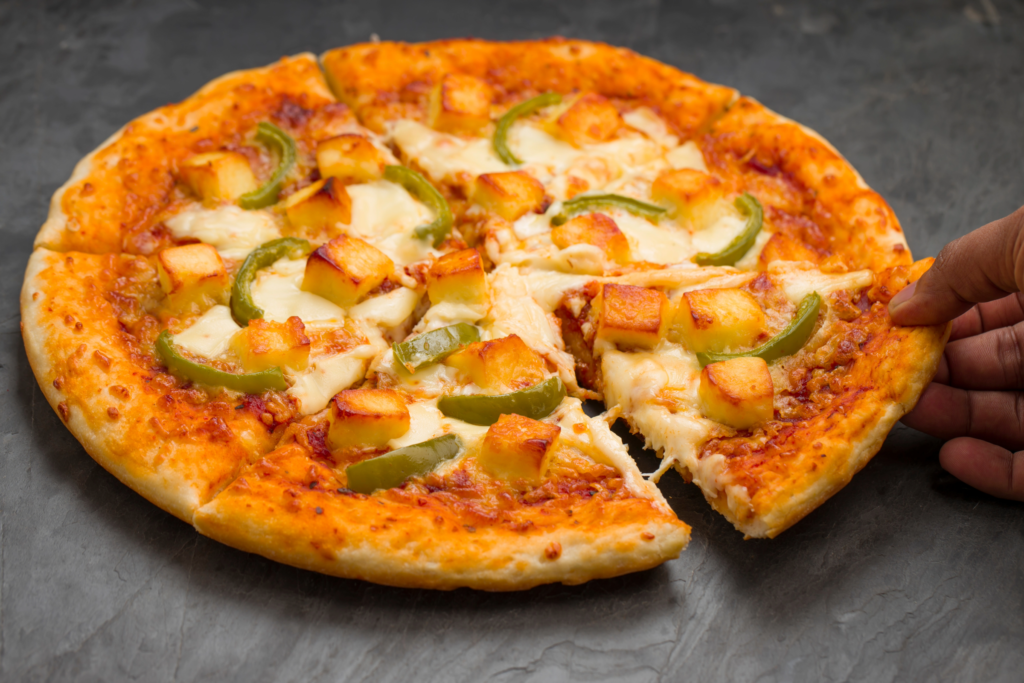परिचय:
रमणीय भारतीय पाककृतीच्या जगात आपले स्वागत आहे, जिथे प्रत्येक डिश हे स्वाद, मसाले आणि सांस्कृतिक वारसा यांचे सुसंवादी मिश्रण आहे. आज, आम्ही तुम्हाला क्षीरन्नामूच्या उत्कृष्ट चवीच्या उत्कृष्ट चवीच्या अनुभवासाठी आमंत्रित करत आहोत, ज्याला परवन्नम असेही संबोधले जाते, ही एक पारंपारिक दक्षिण भारतीय मिठाई आहे जिने पिढ्यान्पिढ्या टाळूंना आनंद दिला आहे. या वापरकर्ता-अनुकूल मार्गदर्शकामध्ये, आम्ही तुमच्या स्वतःच्या स्वयंपाकघरात क्षीरन्नामू तयार करण्याचे रहस्य प्रकट करू, ज्यामुळे तुम्हाला केवळ मिष्टान्नच नव्हे तर स्वयंपाकाच्या प्रवासाचाही आस्वाद घेता येईल.
क्षीरन्नमु/परवन्नम का?
रेसिपीमध्ये जाण्यापूर्वी, दक्षिण भारतीय पाककृतीमध्ये क्षीरन्नमूला विशेष स्थान का आहे ते जाणून घेऊया. हे मिष्टान्न साधेपणा आणि अवनतीचे सिम्फनी आहे, ज्यामध्ये दुधाची मलईयुक्त समृद्धता, गुळाचा गोडवा आणि तुपाचा सूक्ष्म सुगंध आहे.
क्षीरन्नामू ही एक गोड ट्रीटच आहे; हा एका थाटावरचा सांस्कृतिक उत्सव आहे. हे एक मिष्टान्न आहे जे शुभ प्रसंगी, सण आणि कौटुंबिक मेळाव्याला शोभते. तांदूळ, दूध आणि गूळ यांचे मिश्रण एक मखमली, सुगंधित आनंद देते जे तुमच्या इंद्रियांना मोहित करते.
आमची रेसिपी काय वेगळे करते?
मिठाईच्या दुकानात उपलब्ध असताना क्षीरन्नमु/परवन्नम घरी का बनवायचे असा प्रश्न तुम्हाला पडला असेल. उत्तर सोपे आहे: होममेड क्षीरन्नमु तुम्हाला घटकांची गुणवत्ता, गोडपणाची पातळी आणि चवीची समृद्धता नियंत्रित करण्यास अनुमती देते.
आमची युजर-फ्रेंडली क्षीरन्नमु/परावन्नम रेसिपी हे सुनिश्चित करते की तुम्ही हे क्लासिक मिष्टान्न सहजतेने पुन्हा तयार करू शकता. तुमची क्षीरन्नामू तितकीच क्रिमी आणि आनंददायी असेल याची खात्री करण्यासाठी आम्ही तुम्हाला प्रत्येक टप्प्यावर मार्गदर्शन करू, टिपा शेअर करू आणि अंतर्दृष्टी देऊ. तुम्ही अनुभवी स्वयंपाकी असाल किंवा दक्षिण भारतीय मिठाईसाठी नवीन असाल, आमची रेसिपी तुमच्या यशाची हमी देण्यासाठी डिझाइन केलेली आहे.
आमच्यासोबत किचनमध्ये सामील व्हा
या संपूर्ण मार्गदर्शकामध्ये, आम्ही तुमचा क्षीरन्नामु/परवन्नम बनवण्याचा अनुभव आनंददायक बनवण्यासाठी, अनुसरण करण्यास सुलभ, चरण-दर-चरण सूचना देऊ. तर, तुमचे साहित्य गोळा करा आणि एक पाककृती साहस सुरू करूया जे तुमचे स्वयंपाकघर दूध आणि तुपाच्या मोहक सुगंधाने भरेल. चला क्षीरन्नामु/परवन्नमचा एक वाडगा तयार करूया जो फक्त मिष्टान्न नाही; ही परंपरेला श्रद्धांजली आहे, फ्लेवर्सची सिम्फनी आहे आणि एक पाककृती उत्कृष्ट नमुना आहे जी तुम्हाला आणखी काही गोष्टींची लालसा दाखवेल.
